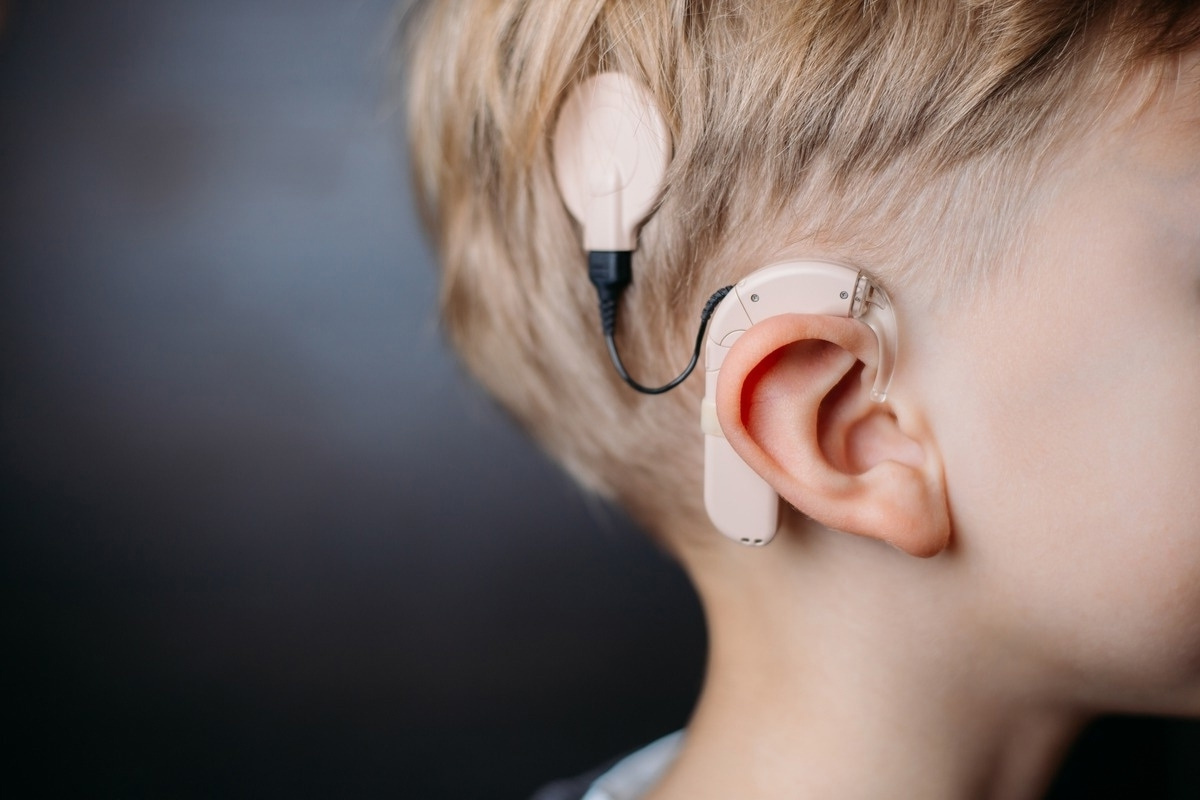
Implantable medical devices have revolutionized healthcare, offering solutions for various medical conditions. These tiny marvels, placed inside the body, can monitor, treat, or even replace certain biological functions. From pacemakers that regulate heartbeats to cochlear implants that restore hearing, these devices have become essential in modern medicine. But what exactly are implantable medical devices? They are medical instruments designed to be inserted into the human body, either permanently or temporarily, to support or enhance bodily functions. These devices can be made from materials like titanium, silicone, or even biodegradable substances. Their applications range from cardiovascular health to neurological support, making them versatile tools in the medical field. Understanding these devices can help us appreciate the advancements in medical technology and their impact on patient care.
What Are Implantable Medical Devices?
Implantable medical devices are gadgets placed inside the body to treat medical conditions or improve quality of life. They range from pacemakers to artificial joints. Here are some fascinating facts about these life-changing devices.
-
Pacemakers: These devices help regulate heartbeats. They send electrical impulses to the heart to ensure it beats at a normal rate.
-
Cochlear Implants: These devices help people with severe hearing loss. They bypass damaged parts of the ear and directly stimulate the auditory nerve.
-
Insulin Pumps: These devices help manage diabetes by delivering a steady flow of insulin to the body.
-
Artificial Joints: These replace damaged joints, like hips or knees, and help restore mobility and reduce pain.
History of Implantable Medical Devices
The journey of implantable medical devices has been long and fascinating. From early experiments to modern marvels, here are some key milestones.
-
First Pacemaker: The first pacemaker was implanted in 1958. It was a bulky device compared to today's tiny versions.
-
Cochlear Implants: The first successful cochlear implant was done in 1961. It has since evolved to provide better sound quality.
-
Artificial Heart: The first artificial heart was implanted in 1982. It kept the patient alive for 112 days.
-
Insulin Pumps: Introduced in the 1970s, these devices have become more sophisticated, offering better control over blood sugar levels.
How Do Implantable Medical Devices Work?
Understanding how these devices function can be intriguing. They often involve complex technology and precise engineering.
-
Pacemakers: They use sensors to detect irregular heartbeats and send electrical pulses to correct them.
-
Cochlear Implants: These devices convert sound into electrical signals that the brain can interpret as sound.
-
Insulin Pumps: They use a small catheter to deliver insulin under the skin, mimicking the body's natural insulin release.
-
Artificial Joints: Made from metal, plastic, or ceramic, these joints mimic the movement of natural joints.
Benefits of Implantable Medical Devices
These devices offer numerous benefits, improving the lives of millions worldwide. Here are some of the key advantages.
-
Improved Quality of Life: Devices like pacemakers and artificial joints can significantly enhance daily living.
-
Increased Longevity: Pacemakers and insulin pumps can help manage chronic conditions, potentially extending life expectancy.
-
Enhanced Mobility: Artificial joints can restore movement and reduce pain, allowing people to stay active.
-
Better Hearing: Cochlear implants can provide a sense of sound to those who are profoundly deaf.
Risks and Challenges
While these devices offer many benefits, they also come with risks and challenges. Understanding these can help in making informed decisions.
-
Infection: Any surgery carries a risk of infection, including the implantation of medical devices.
-
Device Malfunction: Though rare, devices can sometimes fail, requiring additional surgery.
-
Rejection: The body may reject the implant, leading to complications.
-
Battery Life: Devices like pacemakers and insulin pumps rely on batteries, which need regular monitoring and replacement.
Future of Implantable Medical Devices
The future looks promising with advancements in technology and medicine. Here are some exciting developments on the horizon.
-
Smaller Devices: Future devices are expected to be smaller and more efficient, making them less invasive.
-
Wireless Technology: Wireless charging and data transmission could make managing these devices easier.
-
Biocompatible Materials: New materials that are more compatible with the human body could reduce the risk of rejection.
-
Smart Implants: These devices could monitor health conditions in real-time and adjust their function accordingly.
-
Regenerative Medicine: Combining implants with regenerative medicine could lead to devices that not only replace but also repair damaged tissues.
The Future of Implantable Medical Devices
Implantable medical devices are game-changers in healthcare. From pacemakers to insulin pumps, these devices save lives and improve quality of life. The technology behind them keeps advancing, making them smaller, smarter, and more efficient.
Patients with chronic conditions benefit greatly, gaining more independence and better health management. Innovations like bioresorbable stents and smart implants are on the horizon, promising even more breakthroughs.
However, challenges remain. Issues like biocompatibility, device security, and long-term reliability need ongoing research and development. Regulatory bodies must ensure these devices are safe and effective before they reach patients.
In the end, implantable medical devices represent a bright future for medicine. They offer hope and healing to millions, proving that technology and healthcare can work hand in hand to create a healthier world. Keep an eye on this field; it's only going to get more exciting.
Was this page helpful?
Our commitment to delivering trustworthy and engaging content is at the heart of what we do. Each fact on our site is contributed by real users like you, bringing a wealth of diverse insights and information. To ensure the highest standards of accuracy and reliability, our dedicated editors meticulously review each submission. This process guarantees that the facts we share are not only fascinating but also credible. Trust in our commitment to quality and authenticity as you explore and learn with us.
